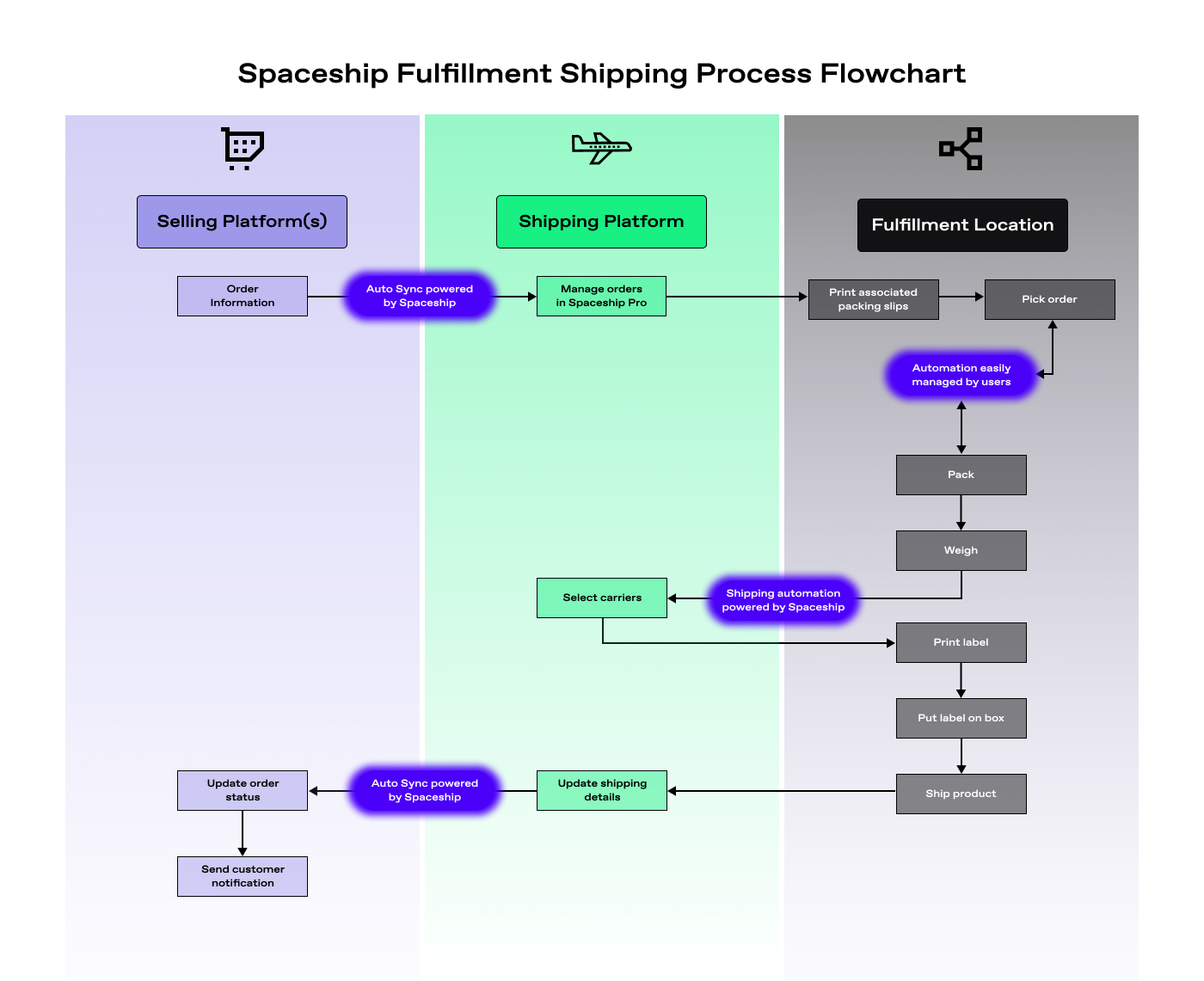
eCommerce fraud is rampant, with online retailers dealing with around 206,000 attacks on their stores each month. In 2021 alone, approximately $20 billion in eCommerce losses were reported in the US due to online payment fraud. The upcoming holiday shopping frenzy will only exacerbate the issue.
During Black Friday, eCommerce fraud spikes dramatically as consumers rush to take advantage of deals and discounts. With limited time to verify orders and customers, fraudsters have a prime opportunity to strike. This heightens the need for eCommerce businesses to be prepared with fraud prevention measures.
Don’t miss out the in-depth analysis of 2023 trends and opportunities, everything you need to know about eCommerce strategy for BLACK FRIDAY 2023, click here to download the report for FREE!
What is eCommerce Fraud?
eCommerce Fraud: The term encompasses a variety of illicit activities targeting online businesses. These activities can involve credit card fraud, identity theft, account takeover, and other deceptive practices designed to siphon money or goods from eCommerce retailers.
Why is Black Friday Prime for eCommerce Fraud?
The holiday shopping season, especially Black Friday and Cyber Monday, see incredible surges in sales. In 2021, online sales on Black Friday grew by 21.6%, totaling $8.9 billion just in the US. While this creates a prime opportunity for profit, it also leaves retailers vulnerable to fraud.
With the high volume of transactions over a short period of time, retailers struggle to manually review orders and verify customers. Fraudsters take advantage of this rushed environment by slipping through the cracks. Retailers also have tight fulfillment deadlines to meet consumer expectations over the holidays. This can result in orders getting shipped before fraud is detected.
The Impact of eCommerce Fraud on Businesses
When fraud occurs, the costs add up for online retailers:
- Financial losses due to stolen inventory, discounts abuse, and chargebacks for fraudulent transactions
- Lost inventory shipped out before fraud is detected, especially impactful for high-value or limited quantity items
- Reputational damage and loss of consumer trust if customers become fraud victims
- Lower return customer rates after dealing with the hassle of fraud disputes and chargebacks
With eCommerce losses to fraud estimated at $20 billion in 2021, it’s clear merchants can’t afford to ignore the problem. As fraud attempts increase, the need for prevention becomes critical to protect profits.
Learn more: Best Products to Sell on Amazon FBA 2023-2024
The Importance of eCommerce Fraud Prevention
Implementing measures to prevent fraud provides significant benefits:
- Protect revenue, profits, inventory from being lost to fraud. Every $1 recovered has a direct impact on the bottom line.
- Maintain trust and loyalty of legitimate customers so they continue shopping.
- Avoid costly chargeback fees, payment disputes and fines.
- Enable smooth operations during the sales frenzy to meet customer delivery demands.
- Reduce time spent by staff on fraud investigations so they can focus on fulfilling orders.
7 Common Types of Black Friday eCommerce Fraud
While fraud impacts retailers year-round, Black Friday and Cyber Monday require extra vigilance. Here are 7 common types of eCommerce fraud to watch for:
- Friendly fraud: When customers make legitimate purchases but later dispute the charges by claiming the orders were unauthorized. Also known as chargeback fraud.
- Card testing fraud: Fraudsters use stolen credit card information to make small purchases to verify the cards are active before making bigger fraudulent purchases.
- Refund abuse: Customers abuse refund policies by requesting refunds for items they have already used or stolen.
- Online payment fraud: Use of stolen credit card information or other methods to make unauthorized purchases online.
- Account takeover: Fraudsters gain access to customer accounts and make purchases using their credentials and payment info.
- Promotions abuse: Taking advantage of discounts, coupons, loyalty programs or affiliate offers by using them repeatedly from multiple accounts or in ways that violate terms.
- Triangulation: When fraudsters use stolen cards to purchase items from merchants and ship to unsuspecting customers, who then reship the items overseas. The merchant bears the loss.
How to Identify eCommerce Fraud
Watch for these 7 red flags to detect fraudulent activities on an eCommerce site:
- Sudden spikes in order volumes, especially for high-ticket items. Scammers with stolen cards tend to buy pricier products.
- Low value orders used to test stolen credit card numbers before larger purchases.
- Multiple different credit cards used by a single customer for different purchases.
- Repeated transactions that get declined due to incorrect CVV numbers or other data. Indicates they don’t have full card details.
- Orders from IP addresses in completely different or unfamiliar geographies. Be especially wary of overseas purchases.
- Different billing and shipping addresses on orders. Red flag for triangulation shipping fraud.
- Use of P.O. box addresses for shipping. Allows fraudsters to receive goods anonymously.
Learn more: 5 Best Practices for eCommerce Demand Forecasting
What To Do If You Suspect eCommerce Fraud
If any orders display red flags:
- Contact your payment processor immediately. They may be able to confirm legitimacy or halt the transaction.
- Cancel the order until you can fully verify the purchase. Don’t fulfill it.
- Report the suspected fraud to local police. This creates an incident report in case the charges need to be disputed later.
Connect with Spaceship Fulfillment.
Get 30 days free storage when you book demo.
9 Ways Retailers Can Prevent eCommerce Fraud
Retailers can take proactive measures to guard against fraud:
- Manually review risky transactions – Orders over a certain $ value or other red flags should get evaluated.
- Limit order quantities – Curb mass quantity purchases made with stolen cards.
- Collect signature proof of delivery – Helps dispute “item not received” claims.
- Become PCI compliant – Reduce risk by adhering to Payment Card Industry standards.
- Display clear policies – Warn customers against fraudulent activities on your website.
- Increase vigilance during sales – Add fraud protection measures leading up to Black Friday.
- Use verification software – Solutions exist to screen orders for indicators of fraud.
- Build an order blocklist – Block known fraudulent customers, cards or IPs.
- Employ IP fraud scoring – Assess risk levels of transactions based on IP data.
Learn more: Black Friday Checklist 2023: Prepare for eCommerce Success
Partner With a Trusted Fulfillment Provider
Even with diligent prevention, fraud still occurs. Retailers can partner with reliable fulfillment services to enhance protection:
Spaceship offers an innovative solution combining global shipping, warehousing and software. Key features include:
- Shipping from China/HK worldwide from just $5
- Warehousing for as little as 6 small boxes
- Software to control fulfillment from order to delivery
- Spaceship Care insurance guards against refund abuse claims
 By leveraging solutions like Spaceship, online retailers can better defend against fraud, even during the perilous holiday shopping season. With an optimized strategy and trusted partners, merchants can stop fraudsters from stealing profits and joy from the Black Friday sales boom.
By leveraging solutions like Spaceship, online retailers can better defend against fraud, even during the perilous holiday shopping season. With an optimized strategy and trusted partners, merchants can stop fraudsters from stealing profits and joy from the Black Friday sales boom.








